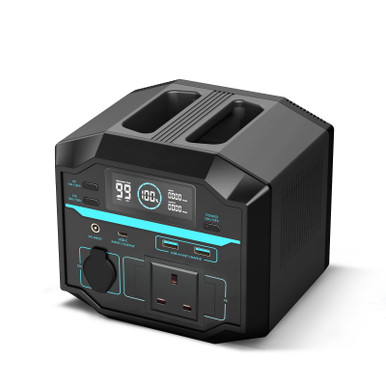I recently salvaged a solar panel from a barge and would like to use it to ultimately power LED lighting in my bike shed, to extend tinkering time in the darker months.
I'm a total layman when it comes to this but I've been told I'll need a controller and storage. The image is from the back of the solar panel.
I'd like to charge a lithium power bank from the panel and simply plug in USB LEDs, and maybe phone and USB speaker to the power bank when needed.
I'm having trouble when browsing the web for available controllers as they all seem to indicate for use with car battery only, hence I'm now here looking for any assistance whatsoever.
You can probably tell I would like to keep it as simple as possible. Any and all help appreciated.

I'm a total layman when it comes to this but I've been told I'll need a controller and storage. The image is from the back of the solar panel.
I'd like to charge a lithium power bank from the panel and simply plug in USB LEDs, and maybe phone and USB speaker to the power bank when needed.
I'm having trouble when browsing the web for available controllers as they all seem to indicate for use with car battery only, hence I'm now here looking for any assistance whatsoever.
You can probably tell I would like to keep it as simple as possible. Any and all help appreciated.




